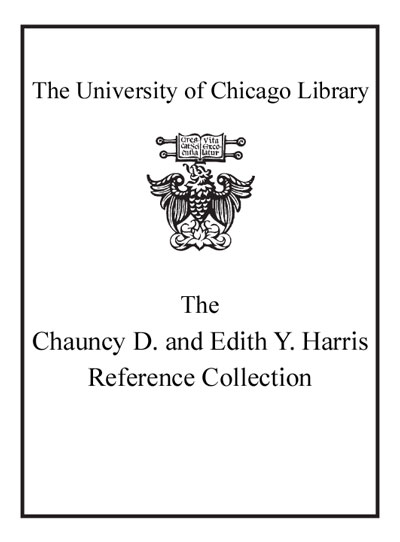Review by Choice Review
Suitable for academic and larger public libraries, this encyclopedia will appeal to general readers and college students, especially those in programs of communication studies, media studies, information technology, and library and information science. The 280 entries are alphabetically arranged (e.g., "animal communication," "violence in the media") and cover eight broad subject areas (for example, careers and interpersonal communication) besides providing information about individuals, organizations, technologies, and legislation. A few gaps in coverage were noted; for instance, COPA (Child Online Protection Act) is included, but UCITA (Uniform Computer Information Transaction Act) is not. Some topics are timely ("election campaigns and media effects"), while others provide succinct background information ("history of the film industry"). Entries, written by experts, vary in length from approximately two to six pages. Most include a brief bibliography. The scope is both interdisciplinary and international, and contents can be accessed by means of the index and numerous cross-references. Lower-division undergraduates and higher. B. Anderson Northern Illinois University
Copyright American Library Association, used with permission.
Review by Booklist Review
We may live in the information age, but information and communication have been creating culture and society since ancient times. Cuneiform symbols, Chinese characters, Egyptian hieroglyphics, and, later, alphabets allowed people to preserve ideas that had been expressed orally. Today, newspapers, cellular telephones, and the World Wide Web transmit ideas all over the world as quickly as they are conceived. Macmillan's Encyclopedia of Communication and Information attempts to "summarize what we know about communication and information in all of their manifestations." The encyclopedia has 280 alphabetical entries written by an international group of scholars with academic appointments. The signed articles cover eight broad fields: careers (Librarians; Television broadcasting, careers in); information science (Human-computer interaction; Retrieval of information); information technologies (Cable television, system technology of; Digital communication); literacy (Computer literacy; Traditional literacy); institutional studies (Broadcasting, government regulation of; Telephone industry, history of); interpersonal communication (Organizational communication; Rhetoric); library science (Cataloging and knowledge organization; Libraries, functions and types of); and media effects (Advertising effects; Tobacco and media effects). There are also biographies of influential people such as Nellie Bly, Andrew Carnegie, Thomas Edison, and Marshall McLuhan. The interdisciplinary approach allows coverage of hot topics such as violence in the media, censorship, and pornography. The articles objectively present major points of controversy such as freedom of speech versus the protection of children. All articles have short bibliographies of print and electronic sources. The comprehensive subject index is very useful because the table of contents does not include all of the subject matter. Readers searching for information about censorship will not find the term in the table of contents, but the index refers them to the articles First Amendment and the media and Intellectual freedom and censorship. The Encyclopedia of Communication and Information will be a useful source for public, academic, and high-school libraries because it provides a good overview of these vast subject areas and serves as a starting point for deeper research. With articles on minorities and the media, soap operas, major legislation, and pirate media, it has information of interest to a broad range of users.
From Booklist, Copyright (c) American Library Association. Used with permission.
Review by Library Journal Review
This new three-volume encyclopedia summarizes the current state of knowledge in the communication and information science fields, which are changing rapidly. The 280 signed articles in the set, edited by Schement (communication and information policy, Pennsylvania State Univ.), were written primarily by U.S. academics, along with a few contributions from industry and international sources. Entries cover eight general topics: careers in the communication and information fields, information science, information technologies, literacy, institutional studies, interpersonal communication, library science, and media effects. Students will find that the articles provide a good overview of each topic and that most have a bibliography. Many favorite student topics, such as subliminal advertising, media effects on body image, and minorities in the media, are included. The biographical entries range from famous figures like newspaper publisher Joseph Pulitzer to lesser-known individuals, such as the noted African American librarian and storyteller Augusta Braxton Baker. A detailed index and See Also references add to the encyclopedia's value. This set should be purchased by undergraduate libraries as well as by libraries serving high school students. Judy Solberg, George Washington Univ. Lib., Washington, DC (c) Copyright 2010. Library Journals LLC, a wholly owned subsidiary of Media Source, Inc. No redistribution permitted.
(c) Copyright Library Journals LLC, a wholly owned subsidiary of Media Source, Inc. No redistribution permitted.
Review by Choice Review
Review by Booklist Review
Review by Library Journal Review

